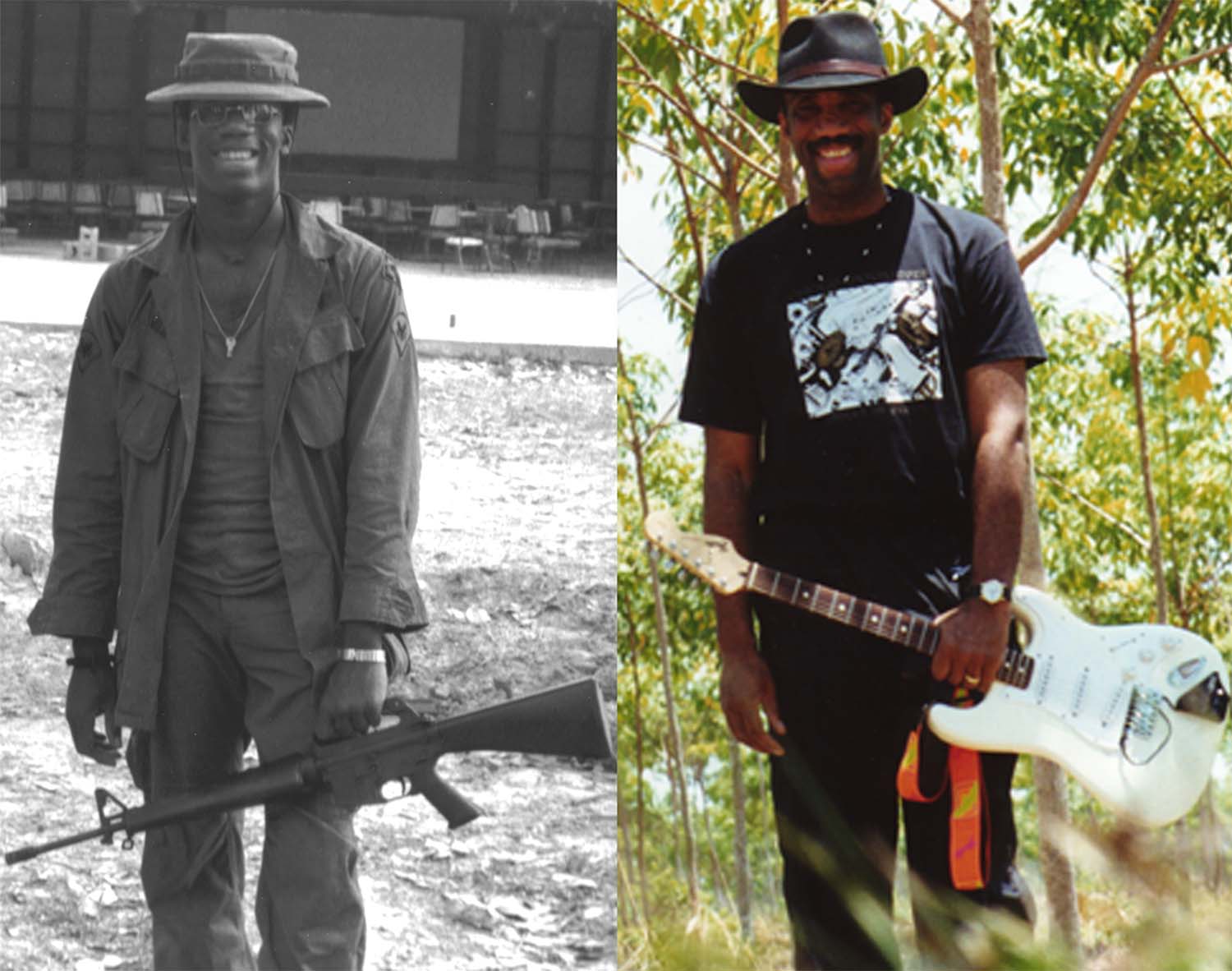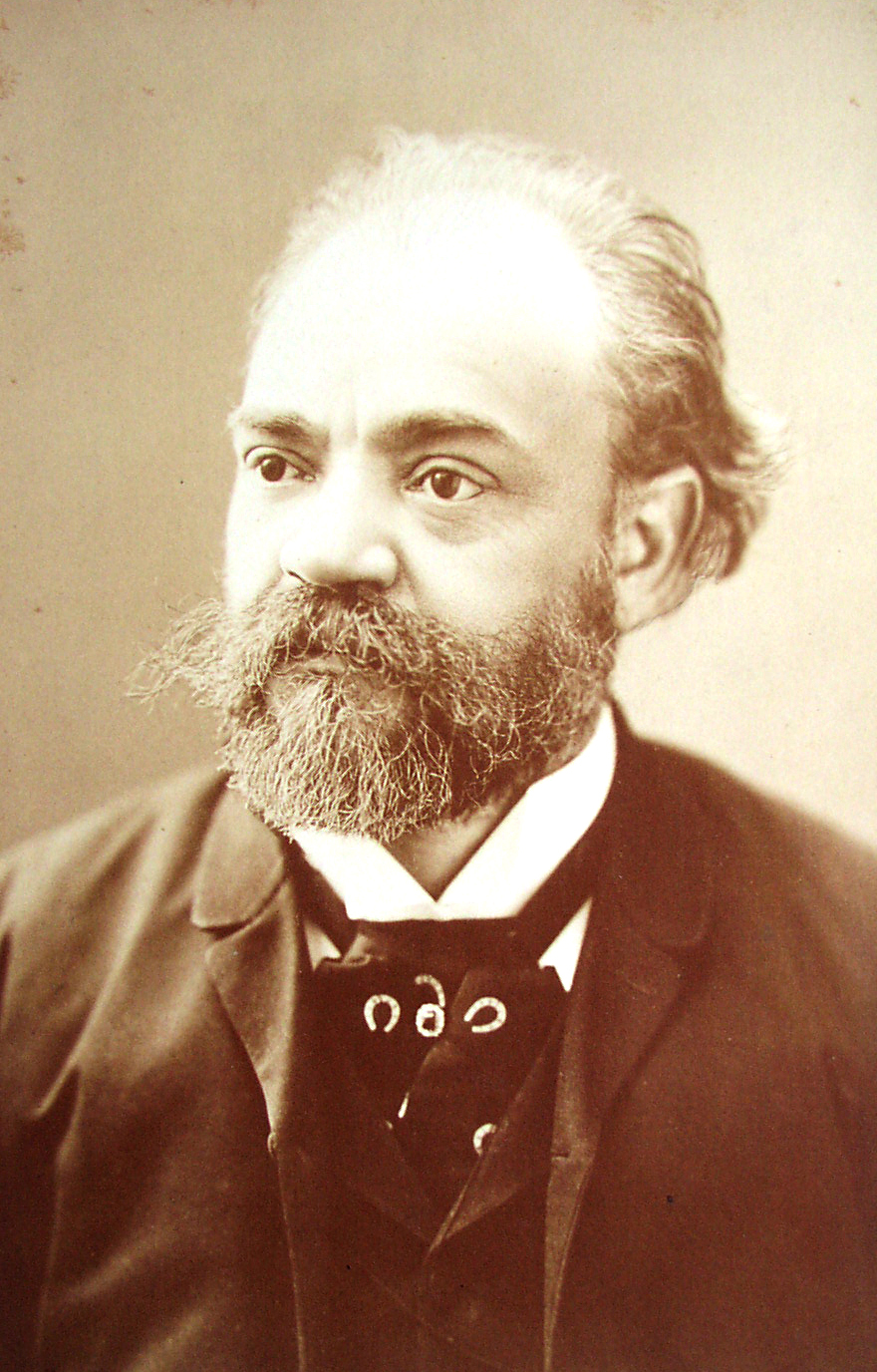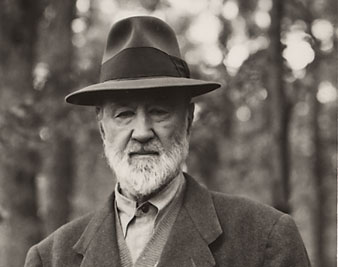
War is an issue that divides Americans, yet it is also true that however our conscience shapes our beliefs on that subject, we are all equally respectful of the sacrifices of the women and men who we send to fight those wars. United We Stand honors those among the living and the dead who served their country, and celebrates the ideals that unite us as Americans.
STAGE
Mei-Ann Chen, Music Director and conductor
 With United We Stand, Mei-Ann Chen concludes her fourth season as Chicago Sinfonietta Music Director and begins her planning for a fifth. She has brought the orchestra to new artistic heights by developing an adventurous yet populist approach to repertoire and collaboration while firmly anchoring her plans in the Sinfonietta’s quarter-century heritage of diversity, inclusion and service to the community. In the process, she has earned two awards from the League of American Orchestra: The Helen M. Thompson Award, given to a music director every two years to recognize their impact and potential for a significant national career, and one for the orchestra, a First Place Award for Adventurous Programming.
With United We Stand, Mei-Ann Chen concludes her fourth season as Chicago Sinfonietta Music Director and begins her planning for a fifth. She has brought the orchestra to new artistic heights by developing an adventurous yet populist approach to repertoire and collaboration while firmly anchoring her plans in the Sinfonietta’s quarter-century heritage of diversity, inclusion and service to the community. In the process, she has earned two awards from the League of American Orchestra: The Helen M. Thompson Award, given to a music director every two years to recognize their impact and potential for a significant national career, and one for the orchestra, a First Place Award for Adventurous Programming.
Under her leadership, the Sinfonietta has been lauded for its “singular community spirit” and its “stylish, disciplined and roundly entertaining” performances (Lawrence B. Johnson, Chicago on the Aisle) and prompted Marielle Shaw of Chicagoist to write “We love Chicago Sinfonietta’s approach to classical music: it really opens it up to a new audience and makes it approachable and interesting.”
Born in Taiwan, Ms. Chen has lived in the United States since 1989. The multiple-Award winning conductor holds a Doctor of Musical Arts degree in conducting from the University of Michigan. Prior to that, she was the first student in New England Conservatory’s history to receive multiple master’s degrees, simultaneously, in both violin and conducting. She is also the Music Director of the Memphis Symphony Orchestra and is in high demand around the globe as a guest conductor.
Mei-Ann Chen’s complete biography can be found here.
COMPOSERS
Variations on “America”
It goes almost without saying that the great musicians and composers throughout history are prodigies. But even viewed with that perspective, Charles Ives is something special. He was born in Danbury, Connecticut in 1874 and wrote Variations on America in 1891. If you are counting, that’s a mere 17 years. Of course, he wasn’t a “composer” then, merely the talented church organist son of U.S. Army bandleader. It seems he wrote it mostly as a way to perform it on the organ, and referred to playing it by saying it was “as much fun as playing baseball.” High regard indeed from someone who would go on to be the baseball team captain at Yale University. Variations on America already contained everything that would later become hallmarks of his style; A fondness for American folk idioms, a free mixing of styles and rhythms, odd harmonies and a palpable feeling of optimism that bordered on the mystical. William Schuman arranged the piece for orchestra in 1963, over 70 years after Ives wrote it.
It says something about Ives as both a person and a musician that he made a living, and a very successful one at that, as an insurance agent, writing music in his spare time. It’s not that it was a hobby, but rather that he didn’t think that a career of writing music in this radical style that he was exploring was any way to support a family. He was probably right about that, as most of his works went unheard during his lifetime and even for some time afterward.
The website of the Charles Ives Society is a treasure trove of information about the composer and his music. The Sinfonietta will play the orchestral version, but if you want a taste of young Charles, the video is E. Power Biggs’ church organ version.
Symphony for the Sons of Nam (Chapter 2) A Veteran’s Lament
 On July 3, 1969, the night before he enlisted in the Army, a guitar playing 19 year old named James Williams attended a Jimi Hendrix concert in Hawaii. Inspired, he dedicated himself to music and, not incidentally, getting better at guitar. Months later, he was sent to Vietnam, but he took his guitar with. His playing must have improved, because an Army entertainment service director heard him playing and suggested that he put together a band to perform for troops in the field. Thus, the Soul Coordinators were formed, performing in hospital corridors, dayrooms, officer club picnics and anywhere that would make a difference in the lives of those who were serving. His time in Vietnam was relatively brief, but it and the people he served there with would stay with him forever.
On July 3, 1969, the night before he enlisted in the Army, a guitar playing 19 year old named James Williams attended a Jimi Hendrix concert in Hawaii. Inspired, he dedicated himself to music and, not incidentally, getting better at guitar. Months later, he was sent to Vietnam, but he took his guitar with. His playing must have improved, because an Army entertainment service director heard him playing and suggested that he put together a band to perform for troops in the field. Thus, the Soul Coordinators were formed, performing in hospital corridors, dayrooms, officer club picnics and anywhere that would make a difference in the lives of those who were serving. His time in Vietnam was relatively brief, but it and the people he served there with would stay with him forever.
After leaving Vietnam, he returned to Hawaii, and began playing with several local rock bands. In 1972, he left there, adopting ‘Kimo’ (the Hawaiian name for Jim) to keep his ties to home. Using the GI Bill, he applied to and was accepted to the Berklee College of Music in Boston. His skills rapidly improving, he started composing music that combined jazz, rock and classical styles, forming a 30-piece ensemble, the “Paumalu Symphony” (later renamed Kimotion), as a vehicle for his unique style of composing.
In 1987 after seeing the movie "Platoon" with his wife and musical collaborator Carol, Kimo began working on a score that would speak to his most vivid experiences from his service as a combat engineer in Vietnam.
Williams wrote Symphony for the Sons of Nam in 1990, and it received its premiere with the Chicago Sinfonietta the following year. The experience of being in the Army finds its way into much of his work, including his Kimotion album War Stories and a composition honoring African-American servicemen, Buffalo Soldiers. He wrote A Veterans Lament in the wake of 9/11, knowing that the horrific event would lead to war and sacrifice. “I have a deep sadness for those veterans who did not live to return from war,” he writes. “If I could speak for them through this music, I would like to suggest that when we hear the motion of water, and look out at its beauty—lake, ocean, or river—we do this in their memory, so that it will continue to flow within us all.”
Williams has his own website with information about his work and life. The video is of a (now older) guitar playing Kimo with the US Air Force Concert Band going way back in time with a rendition of where it all started: Jimi Hendrix’s Purple Haze.
Symphony No. 9 in E minor (From the New World)
 Yet a third perspective on America comes to us from the Czech composer Antonín Dvořák, who arrived in here in 1892 (right around the same time young Charles Ives was writing Variations on America) to be the director of the National Conservatory of Music. He spent some time in Iowa, where he studied both Native American folk music and African-American spirituals. It was from these studies that he built his most enduring and popular work, Symphony No. 9, or as it is commonly known, the New World Symphony.
Yet a third perspective on America comes to us from the Czech composer Antonín Dvořák, who arrived in here in 1892 (right around the same time young Charles Ives was writing Variations on America) to be the director of the National Conservatory of Music. He spent some time in Iowa, where he studied both Native American folk music and African-American spirituals. It was from these studies that he built his most enduring and popular work, Symphony No. 9, or as it is commonly known, the New World Symphony.
Before coming to America, Dvořák composed a substantial body of work, enough to already place him among the giants of classical music. He often found the inspiration for his compositions in the folk traditions of Eastern Europe, so it should come as no surprise that he also sourced local traditions here. “I am convinced that the future music of this country must be founded on what are called Negro melodies”, he wrote. “These can be the foundation of a serious and original school of composition, to be developed in the United States. These beautiful and varied themes are the product of the soil. They are the folk songs of America and your composers must turn to them”. Dvořák was influenced not only by music he had heard, but also by what he had seen on his visit to America. He wrote that he would not have composed his American pieces as he had if he had not seen America, inspired as he was by the "wide open spaces" such as the prairies that he encountered in Iowa.
Classical Net has a nice summary of Dvořák’s life, including his time in America. The stirring 4th and final movement is featured in this video.
Research and copywriting by Don Macica.
Don is a marketing consultant to the performing arts community and a contributing writer to several online publications including Agúzate and Arte y Vida Chicago. When not traveling, he lives a stone's throw from Lake Michigan in Chicago’s Rogers Park neighborhood. He is the author of Border Radio, a blog about music, migration and cultural exchange.

